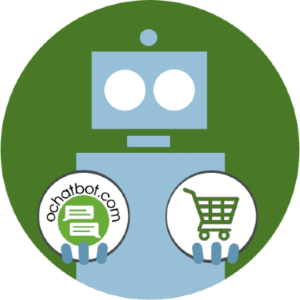AI chatbots have become indispensable tools for Shopify store owners, offering a way to streamline operations and enhance customer service. However, not all tasks are suited for automation. Understanding the balance between what Shopify AI chatbots should and shouldn’t handle is crucial for maintaining a personal touch while optimizing efficiency. This blog post delves into the do’s and don’ts of employing AI chatbots in your Shopify store.
Tasks Shopify AI Chatbots Should Handle
1. Customer Service and FAQs
Chatbots excel at answering frequently asked questions (FAQs) around the clock. They can handle queries about product availability, shipping policies, order tracking, and return procedures, offering instant responses that can significantly improve customer satisfaction.
2. Product Recommendations
Leveraging customer data and browsing behavior, AI chatbots can provide personalized product recommendations. This not only enhances the shopping experience but also increases the likelihood of cross-sells and upsells.
3. Order Status Updates
Customers often inquire about the status of their orders. Chatbots can efficiently provide real-time updates on order processing, shipment, and delivery, reducing the workload on human customer service representatives.
4. Basic Troubleshooting
For common issues such as payment errors or account login problems, chatbots can guide customers through basic troubleshooting steps before escalating the issue to a human if necessary.
5. Collecting Customer Feedback
Post-purchase feedback is vital for business growth. Chatbots can automate this process, reaching out to customers for feedback on their shopping experience and products purchased.

Generative and Scripted AI to engage shoppers in conversational eCommerce.
Create happy customers while growing your business!
-
1 out of 4 shoppers make a purchase on average*
-
5% to 35% Increase in AOV*
-
25% to 45% Reduction in Support Tickets
WE GUARANTEE RESULTS!
*When shoppers engage with Ochatbot®
- The Best Chatbots for Customer Service: Boost Support and Save Time - April 11, 2025
- Top 5 Must-have Shopify Review Apps - March 14, 2025
- Ochatbot Quick Tutorial #1: Help customers find products with Generative AI - December 12, 2024
